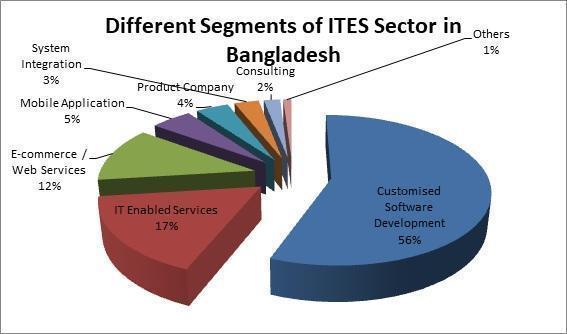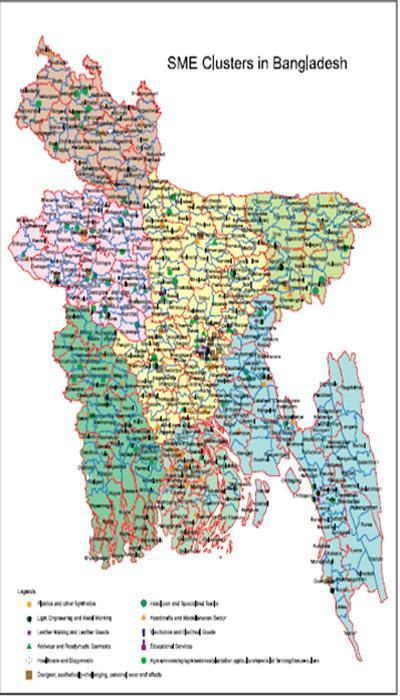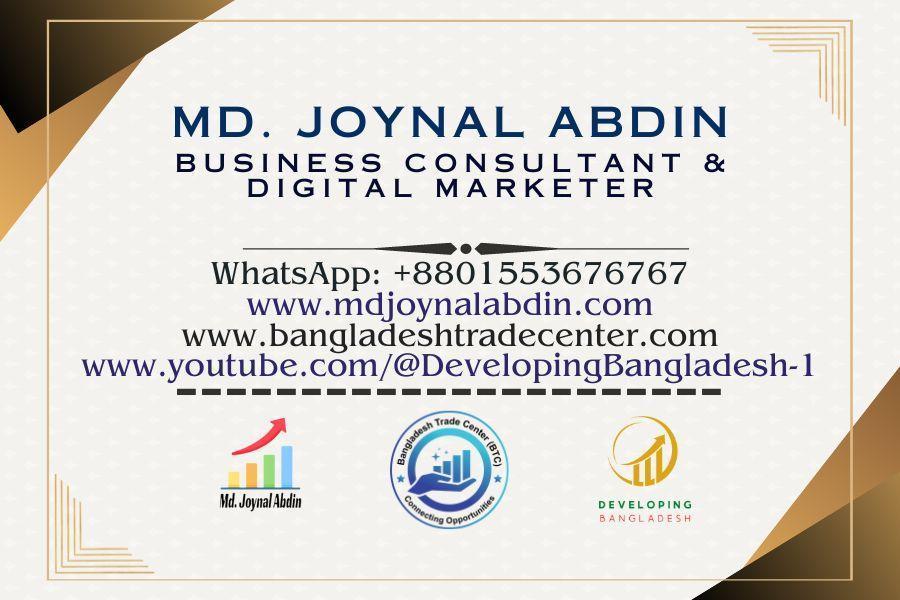Future of E-commerce in Bangladesh
Future of E-commerce in Bangladesh Md. Joynal Abdin* Business Consultant & Digital Marketer Co-Founder & CEO of Bangladesh Trade Center E-commerce, short for electronic commerce, refers to the buying and selling of goods, services, and information over the internet. It…
Read More






![Business Consultants in Strategic Planning for Small Businesses [Part-2]](https://bangladeshtradecenter.com/wp-content/uploads/2023/07/Business-Consultant-Digital-Marketer.jpg)




 by
by